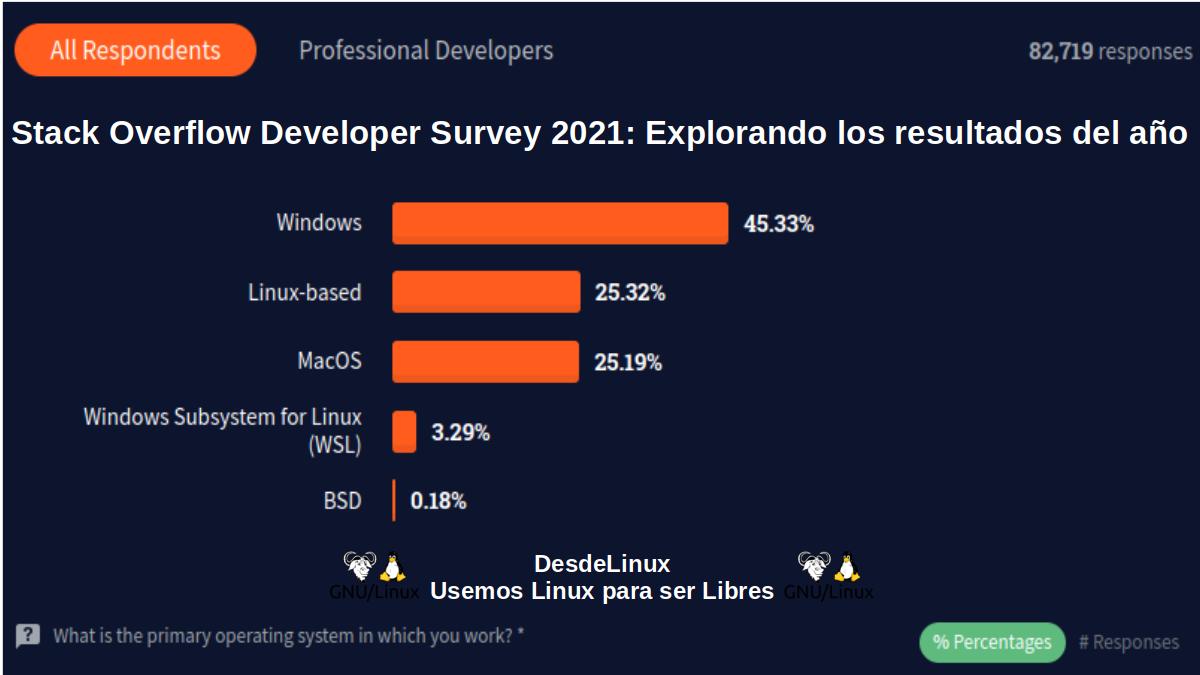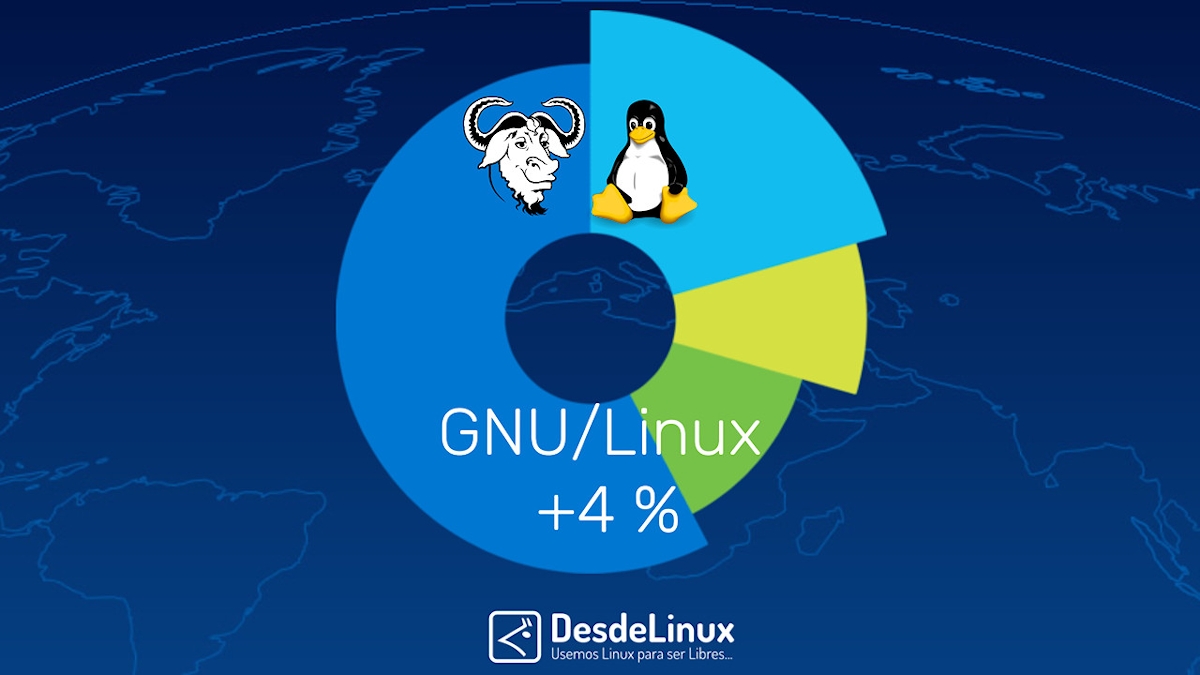
Linux Desktop Usage Reaches 4% for the First Time
Those of us who tend to be passionate, for pleasure or work, about use of free and open operating systems based on Linux, we usually keep an eye on the news that tells us that the percentage of use of the same on our home computers and those we use in offices (workstations) has increased. Therefore, although this is small and sustained, this progress fills us with joy and hope that, at some point, the same and other elements of free and open technologies (applications, systems, platforms, services) will become more popular and become widespread for the benefit of all humanity.
And since, recently, The StatCounter website has updated its data on market shares of each of the operating systems at the desktop computer level (it is assumed that they include both home and office ones), since we have learned the pleasant news that, «"Linux has reached the 4 percent desktop usage barrier for the first time.". More specifically, 4,03%. Therefore, apart from commenting a little on this news, today we will delve a little into what may be causing the slight and sustained increase in said quota.
But, before starting to comment on this great technological milestone related to «The use of Linux on the Desktop and the arrival of 4% in market share for the first time », we recommend you explore a previous related post with other similar statistics, at the end of it:
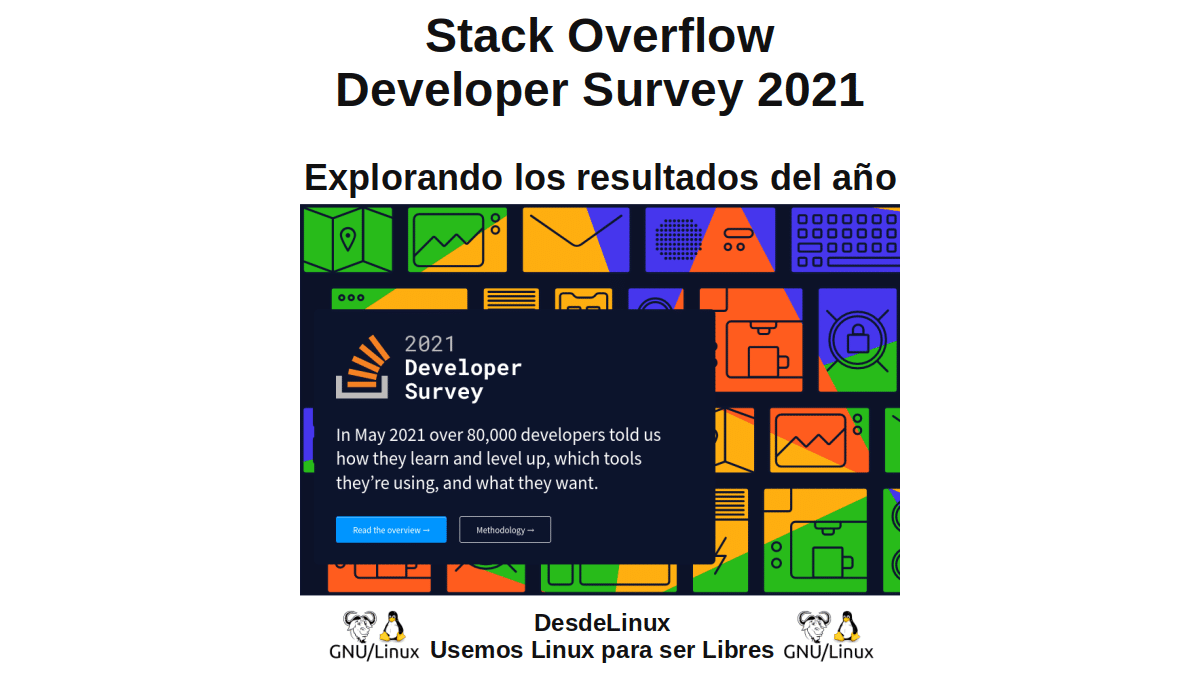
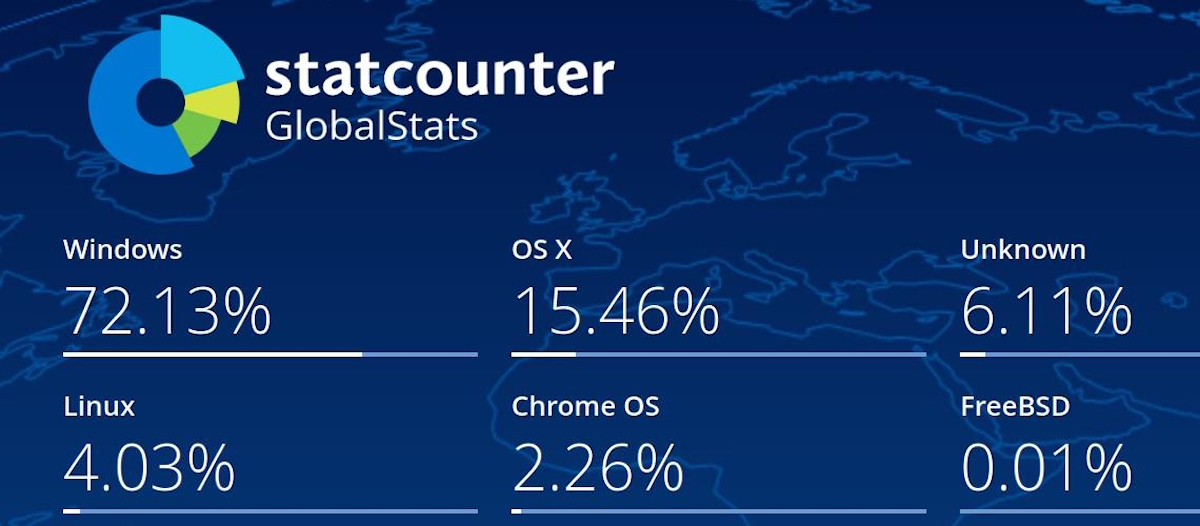
Linux Desktop Usage Reaches 4% for the First Time
About the statistical information on the StatCounter website
According to the following official link to the StatCounter website, corresponding to your section of the results of the Market share achieved by each Operating System on desktop computers (from home and office), the current results for the month of February 2024 have been released:
- Windows: 72,13%
- OS X (macOS): 15,46%
- Other unknown: 6,11%
- Linux: 4,03%
- Chrome OS: 2,26%
- FreeBSD: 0,01%
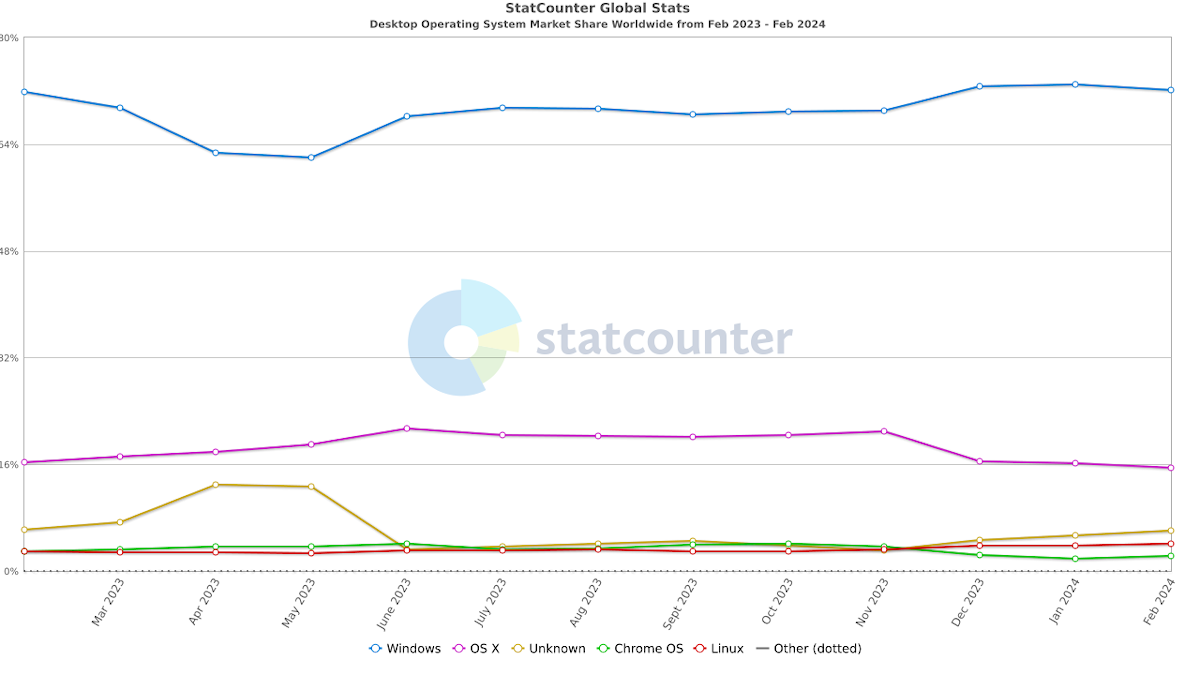
While, if we compare the history of this item, we obtain for Linux the following monthly milestones achieved by Linux:
- January 2023: 2,91%
- February 2023: 2,94%
- March 2023: 2,85%
- April 2023: 2,83%
- May 2023: 2,7%
- June 2023: 3,07%
- July 2023: 3,12%
- August 2023: 3,18%
- September 2023: 3,02%
- October 2023: 2,92%
- November 2023: 3,22%
- December 2023: 3,82%
- January 2024: - 3,77%
- February 2024: 4,03%
And in case you want to obtain more updated statistical information about the Market share achieved by each Operating System on desktop computers (Only IT professionals in their homes and offices) we leave you the following link and image corresponding to the StackOverflow Developer Survey 2023 (Stack Overflow Developer Survey 2023):
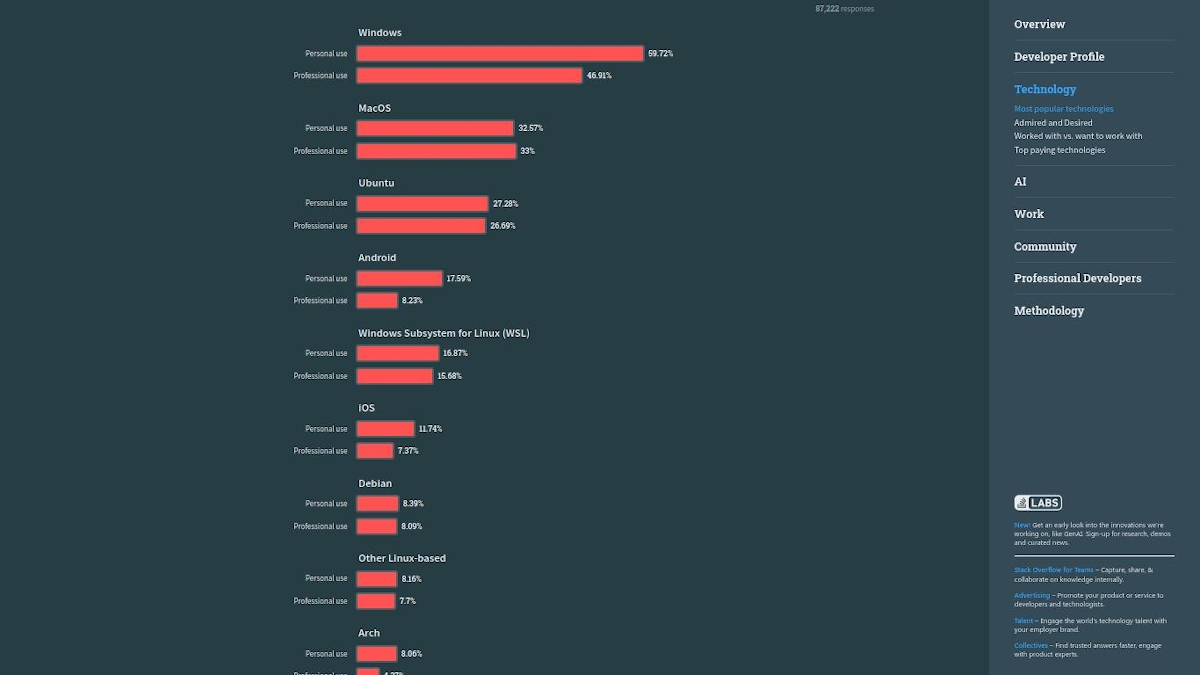
What factors could be influencing the use of Linux on the Desktop to reach 4%?
From my personal point of view, and speaking as a professional IT user and not as a simple home user, I believe that these are some of the most important points that have favored the small and sustained advance of Linux in its use on the Desktop in these last years:
- The substantial increase in the minimum requirements for modern hardware that are highly necessary to successfully run the latest functional versions of Windows and macOS. Which, in turn, implies an increase in the spending of each user or company.
- The current technological war between the great world powers, which causes some of them to favor the use of GNU/Linux not only within the technological platforms of their public administrations, but also of equipment sold to their citizens and companies.
- Substantial improvements to the Linux Kernel that make it lighter, more functional and efficient on relatively modern and very modern computers, including compatibility with latest generation peripherals and components.
- The emergence and improvement of new technologies, useful for both Home and Office users, that make the use of GNU/Linux more universal, stable and homogeneous for everyone, regardless of the Desktop Environment and GNU/Linux Distro used. For example: Systemd, Wayland, PipeWare, Snap, Flatpak, AppImage, and various container, virtualization and emulation technologies, among many more.
- And lately, the use of Immutable Distros, which help less computer-savvy users avoid breaking their free and open operating systems when experimenting. Also, to the increase in the offer of quality games available with native support or through gaming applications such as Steam.
And for the future?
Thinking about the near future, he believed that it will be very important to maintain this growth during the following years, the various Free and open operating systems include, by default, Artificial Intelligence applications or functions that allow home/office users to be more productive. Of course, without prejudice to the most basic principles of computer security, privacy and anonymity.


Summary
In summary, we hope that this new milestone achieved is the beginning of many more, which will soon allow us to go from a «use of Linux on the Desktop of 4% in market share » at least, 10% before the end of the decade of 2020/2029. Above all, thanks to the development, improvement and consolidation of some current and future technologies, of universal use, such as: Systemd, PipeWare and Wayland, or others that emerge as a better ideal replacement for the older ones that are still efficient, such as: SysVinit, PulseAudio and Xorg. But, if you consider that other elements or reasons influence this growth, we invite you to provide us with your vision and opinion via comments, so that together we are better informed and trained about the Linuxverse.
Lastly, remember visit our «homepage» en español. Or, in any other language (just by adding 2 letters to the end of our current URL, for example: ar, de, en, fr, ja, pt and ru, among many others) to find out more current content. Additionally, we invite you to join our Official Telegram channel to read and share more news, guides and tutorials from our website. And also, the next Alternative Telegram channel to learn more about the Linuxverse in general.
